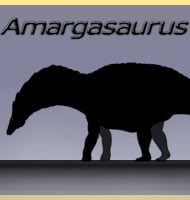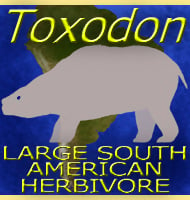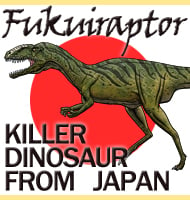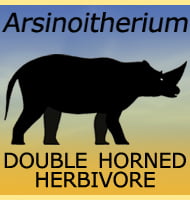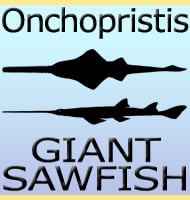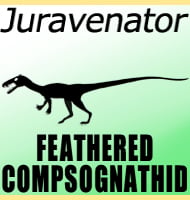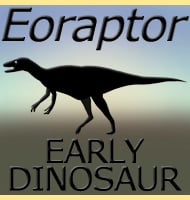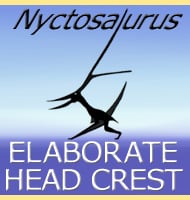In Depth
Kamuysaurus is a saurolophine hadrosaurid dinosaur that lived in Japan during the late Cretaceous. Although some parts of the skull and skeleton are missing, the holotype specimen of Kamuysaurus is still one of the best preserved dinosaur skeletons discovered in Japan. It is possible that this level of preservation came about from the body of this Kamuysaurus being deposited in a marine sediment and away from large predators that may have destroyed the skeleton. It also suggests that this individual Kamuysaurus was washed out to sea, suggesting a coastal connection at some time in its life.
Further Reading
- A new hadrosaurine (Dinosauria: Hadrosauridae) from the marine deposits of the Late Cretaceous Hakobuchi Formation, Yezo Group, Japan. - Scientific Reports 9:12389. - Y. Kobayashi, T. Nishimura, R. Takasaki, K. Chiba, A. R. Fiorillo, K. Tanaka, T. Chinzorig, T. Sato & K. Sakurai - 2019.

